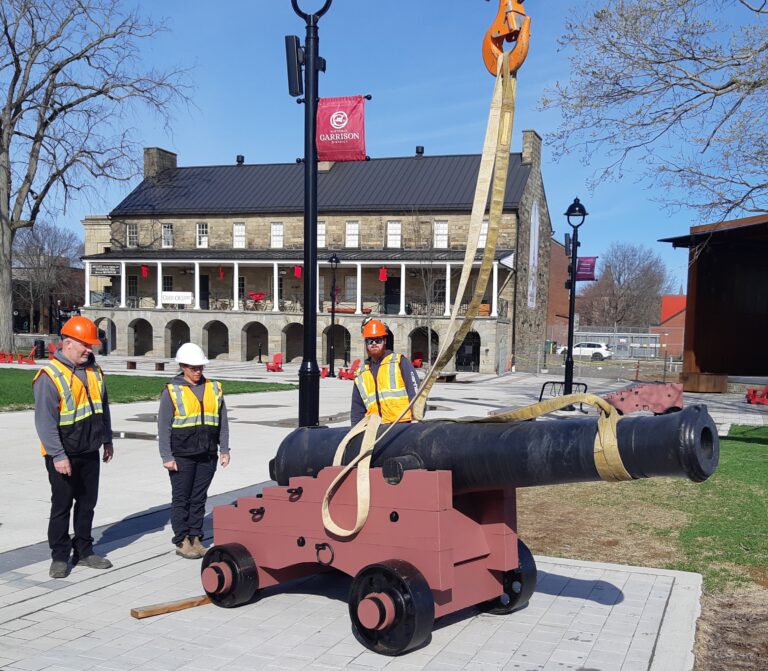How it all began
My grandfather was a constant in my life growing up. I knew all about him: his love for early morning swims and family trips, his trips all over the world with my grandma and how he volunteered at low-resource hospitals after work to help those in need.
Not even once did my grandfather feel foreign to me, even though he died ten years before I was born. My relationship with him is all thanks to photography.
Every family—regardless of its background or how it is structured—has a tradition that has shaped its identity and history. It can be a sport, a special family recipe, canoeing on the Amazon together, binge-watching throwback movies from the 80s—you name it.
In my family’s case, it is photography. And not your regular “let’s take a family photo at our Sunday family reunion” types, but actual photography geeks. We breathe photography.
Seventy years ago, my grandpa started taking pictures for university. He was an aspiring dentistry student whose photos of destroyed jaws and bad surgery cases developed onto 35mm slides. However, he also felt the need to capture special moments and document important things in his personal life.
When he met my grandma and started a family a couple years later, it was not only broken jaws what he took pictures of, but memories that would last forever: his children eating a picnic with their grandma on an excursion to the countryside, him exploring the Soviet Union’s many historic monuments and the many, many birthdays and New Year’s Eve celebrations where joy resonated like cathedral bells.
My grandpa was a visionary. He knew that every time he clicked the shutter release button, he gave future generations another opportunity to look at life the way he did, to see all the things he saw, and to value the moments he thought were important.
Without even realizing it, he had started what would become a family’s legacy, one that would carry on for almost a century.
And that was only the beginning.
The legacy
My grandpa took pictures in 35mm films and stored them in boxes. His subjects ranged from all things surgery to photos of my grandma—his muse—posing next to a couple of roses in a very Greek-like, majestic way.
My grandma distributed grandpa’s photos amongst my dad and his eight siblings about five years ago. My dad has been trying to develop some of his 4 000 photos ever since, but he hasn’t even gotten halfway through it. You can only imagine the total number of slides Grandpa stored.
This summer, due to a wisdom teeth surgery and a resulting infection, I was confined to the walls of my home for about a month and a half. Since one can only rewatch Gilmore Girls oh-so-many-times, I decided to put my photo-developing aspirations to the test and dive into my family’s history and legacy.
Developing my grandpa’s films caused me to fall deeper in love with photography and the perspectives conveyed through the medium. I kept asking myself, “Who was the genius behind photography? Who decided that some moments in life were so precious that they needed to be captured and shared?”
And so, this burning curiosity of mine brought me back two thousand years…
A Timeline of Photographic History
- Camera Obscura. This was known as “a dark chamber or room with a hole (later a lens) in one wall, through which images of objects outside the room were projected on the opposite wall” (Encyclopedia Britannica). Some sources argue that the Chinese and the ancient Greeks (such as Aristotle) implemented it more than 2,000 years ago, while others give the credit to Iraqi scientist Alhazen (965-1040 C.E.).
- Heliography. Circa 1822, Joseph Nicéphore Niépce produced the record of the first photograph, which was the view of his courtyard from this window. He obtained the image by spreading bitumen of Judea (a natural occurring asphalt) on a silver plate and exposing the image to the sun for about eight hours.
- Daguerreotype. Louis-Jacques-Mandé Daguerre knew Niépce and continued to develop his work after his death. Daguerre improved Niépce’s model by applying mercury vapor to the exposed silver plate. This reduced the exposure time from eight hours to thirty minutes and formed a latent image. However, when the picture was exposed to light, the unexposed areas of the silver plate darkened until the image couldn’t be seen anymore. Daguerre fixed this by 1837 using a solution of table salt. The daguerreotype became very popular across the world and experiments began in Europe and the United States to improve upon it.
- Calotype. In the 1830s, William Henry Fox Talbot coated a sheet of paper with silver chloride and exposed it in the camera obscura. The areas exposed to light became darker. Talbot added gallic acid to develop the image on paper, and this reduced the exposure time from an hour to one minute.
- Stereoscopic photography. This was very popular in the United States and Europe from the 1850s to the beginning of the 20th century. To make a stereograph, two images of the same subject are produced from a camera with lenses 6 cm apart, simulating the position of the human eyes. David Brewster improved the process in 1849 by inventing the stereoscope, which allowed the human brain to view two photos as one 3D image. Landscapes and monuments were the common themes of stereographs.
- The wet collodion process. In 1851, Frederick Scott Archer came up with the wet collodion process, which had an enormous impact on the world of photography. This method was twenty times faster than any previous method and produced precise results.
- The dry plate. In 1878, dry plates were invented as a substitute for wet collodion. They eliminated the need for a portable darkroom and marked the beginning of the era of modern photography. Many small hand-held cameras became available at a low cost, Kodak being the most famous one among them. Amateur photography became popular.
- First attempt at colour photography. In 1869, Louis Ducos du Hauron made the first colour photograph by applying the principle of light decomposition with the three primary colours.
- The Autochrome process. In 1906 in France, Louis and Auguste Lumière created the first colour photography process that could be practiced by amateurs.
- The Leica I. In 1924, the german optical firm Ernst Leitz introduced the Leica I, the first precision miniature camera that was commercialized. It used 35mm films (special shoutout to this one as it was frequently used by my grandpa).
- The Kodachrome Film. In 1935, Leopold Godowsky Jr. and Leopold Mannes invented the Kodachrome film, beginning the modern era of colour photography. The Kodachrome film was a reversal slide film that could be used for both projection and reproduction.
- The Afgacolor. In 1936, the German company Afga developed the negative-positive process known as Afgacolor, but the film only became available to the public in 1949 because of World War II.
- The Kodacolor. In 1942, Kodak came up with the negative-positive film known as Kodacolor, which would become the most used film among amateur photographers.
- The Instant Camera. In 1948, Edwin Land came up with the first instant camera that allowed people to see their photos immediately after taking them.
- Digital cameras. In 1975, Kodak developed the first digital camera, which was a modified version of a Nikon SLR. In 1988, Fuji introduced the first consumer electronic digital cameras. Fuji’s cameras saved the pictures in a memory card which could be downloaded onto a computer.
- Adobe Photoshop. The first version of Adobe Photoshop saw the light in 1990. The program allowed photographers to modify the content of their work; however, this development was not without controversy. If photos can be edited, how can we prove their veracity?
- The first professional digital camera. In 1991, Nikon and Kodak released the Nikon F-3.




